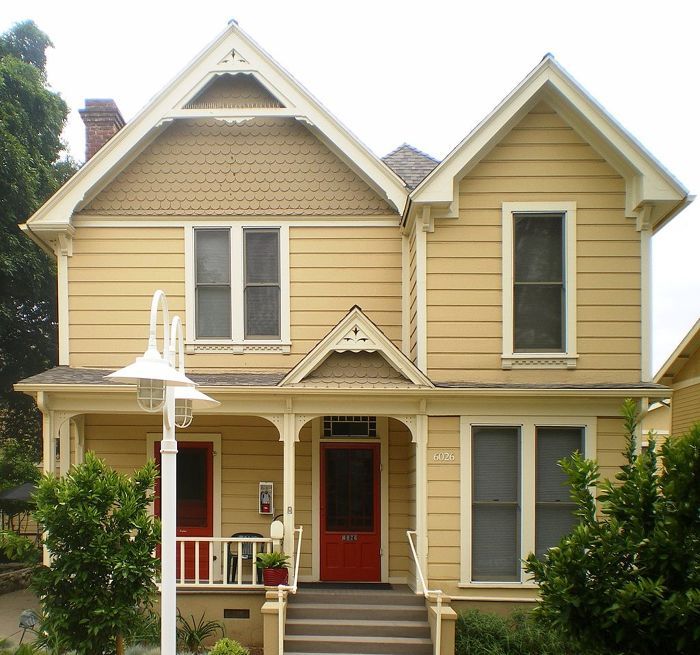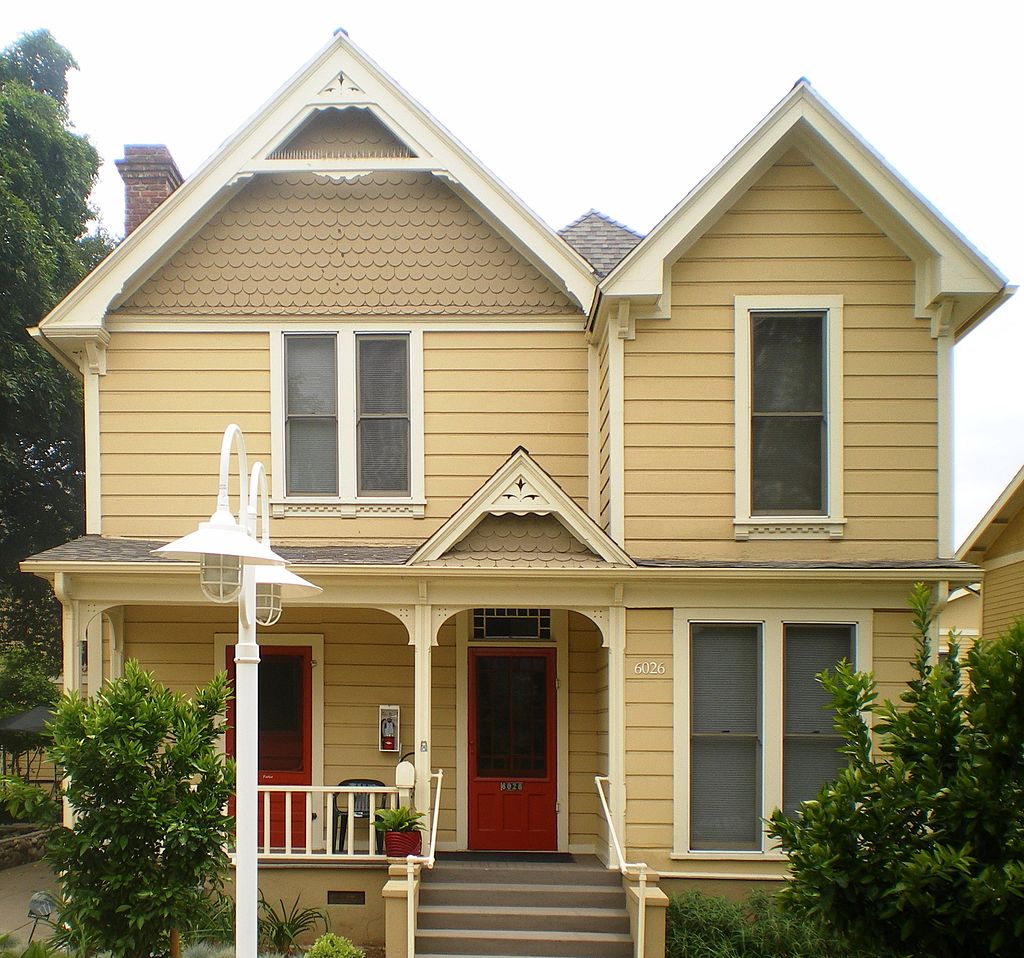
The new world of mortgage lending looks a lot like the old world of mortgage lending. That is, the old world before 1994, when The National Homeownership Strategy ushered in the era of zero-down, no-doc loans and other creative lending strategies designed to increase the national homeownership rate. In the old world of mortgage lending, down payments were 20% and mortgage interest rates were at sometimes as high as today’s credit card rates, and you had to have impeccable credit.
Rates are very low today, but lenders will look you over very carefully before taking a risk. Today lenders require all your debts current, no outstanding judgments and a FICO (Fair Isaac Corporation) credit score of around 720. Some loans are available for those with scores as low as 660 (which used to be considered good credit), but you’ll pay a higher rate and the lender will require a hefty down payment.
But take heart. It’s getting better, not too long ago, lenders were requiring scores in 800 levels, which requires financial perfection. You’ve never missed a payment or even paid a few days late. With all the economic trouble we’ve been through, people with perfect credit are few and far between.
Although we have returned to an era of stricter lending requirements, there are still options that help with getting that first home loan, or loan if you’ve had bad credit.
Federal Programs
The federal government, through the Department of Housing and Urban Development (HUD) offers today’s most attractive terms for first time buyers (a group that includes those who have not owned a home for several years). The HUD funded Federal Housing Administration (FHA) offers programs requiring down payments as low as 3.5% and attractive interest rates. Start by contacting one of the HUD-funded housing counseling agencies in your city, or contact a HUD-approved housing counselor that will help you sort through your options.
Bad Credit
Traditional lenders now demand impeccable credit before they will lend you money at today’s low mortgage rates. But private lenders that specialize in loans for non-traditional borrowers may offer you a short-term solution. Private lenders, such as Loan Lenders of America and Patriot Lending Services, Inc., will work with people having poor credit histories and even temporarily the unemployed. These loans carry higher interest rates and very little leeway on late payments. However, for a short period they can help you obtain a home and then build the credit necessary to refinance with a traditional lender.
Traditional Loans
If you have good credit and saved enough for a conventional down payment, congratulations! Today’s interest rates remain at historic lows and homes values are appreciating once again. It may be harder to find a home in today’s tight housing market, but once you do the lending process is fairly straightforward.
The first step is getting pre-qualified. This means you will go through the initial steps of applying for a home loan with a basic credit check and a completed loan application so the lender can determine just how much of a loan you’ll likely qualify for. I say likely, because the lender will have to verify all the information you’ve provided once you actually find a home and officially apply for the mortgage.
Once you find a house, the lender will do an appraisal, which is a way verifying you’re not paying more than the house is worth. Simultaneously, the lender will require a lot of documentation to confirm your income and job security, the level and status of any outstanding debts, and your credit history. This can take some time, and it can be exasperating gathering all the documents required. But if it all adds up to what you represented during the pre-qualification process, you’ll a soon have a stack of mortgage papers to sign — lots of them — and be able to close, finally on that beautiful new home.
Fine Homebuilding Recommended Products
Fine Homebuilding receives a commission for items purchased through links on this site, including Amazon Associates and other affiliate advertising programs.

Handy Heat Gun

8067 All-Weather Flashing Tape

Affordable IR Camera




























View Comments
I have been a mortgage lender since 1991 and I am shocked by the inaccuracies of this article. It may be referencing a niche market like super jumbo loans or some local bank's policies, but for a typical American, even in the midst of the housing crisis, the down payment and credit score minimums were at 3.5% down and 620 score. The Federal USDA program which is available in most towns here in the northeast requires 0% down and recently translated to Sue, a single mom, purchasing a nice ranch style home for under $1,000 total out of pocket.
The effect of this article along with a similar message being communicated by other media outlets, is harmful to individuals, families, and our communities because it is perceived to be true. I am sure that Sue and her family are glad they did not read and believe the article first.
As a result, another vacant home is now occupied, a neighborhood is improved, a realtor made a sale, a lender has a performing loan, money was spend at Lowe's, along with a snow plow guy, lawn guy, plumber, electrician, painter, and alike having additional work. Let me now forget, the youngest daughter now has a puppy.
As a mortgage professional, I consider it my obligation to disseminate accurate home financing information as only then can the best choices be made by our clients, with the impact being widely felt. I wonder how the national housing market would look today if the homebuyers you alluded to and all the others in our country who chose to stay on the sidelines, really knew their true choices. In our housing profession, we all know we would be further along and our country would be better off too.